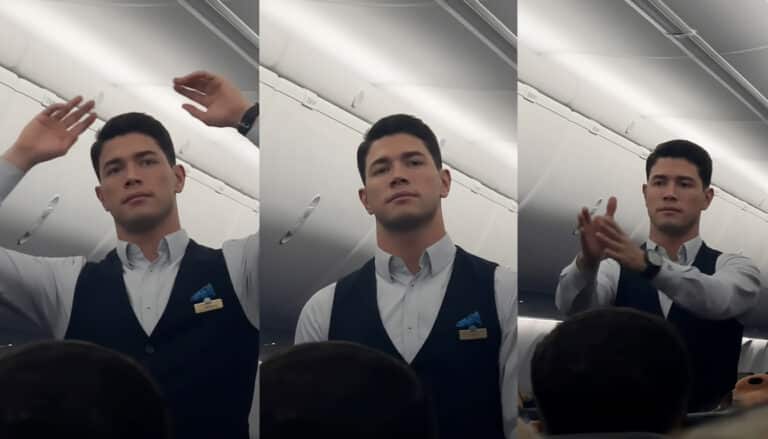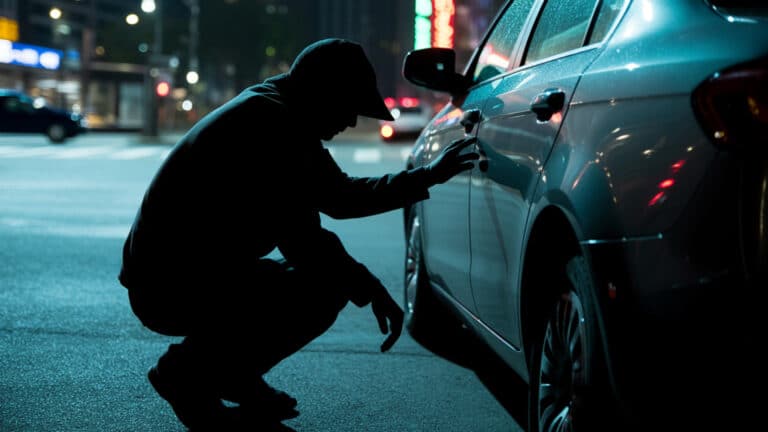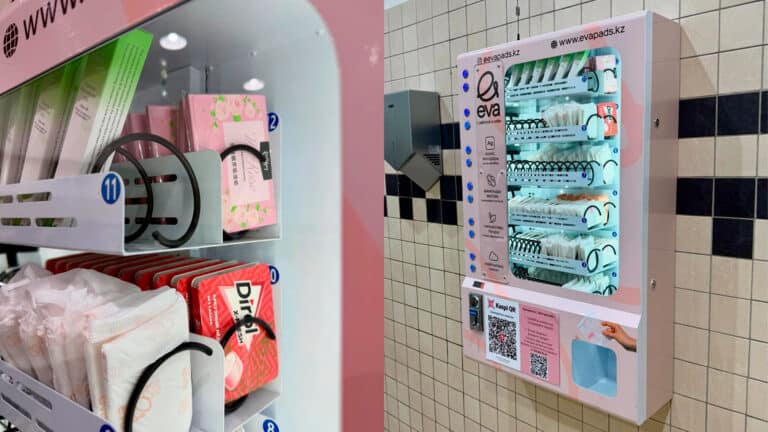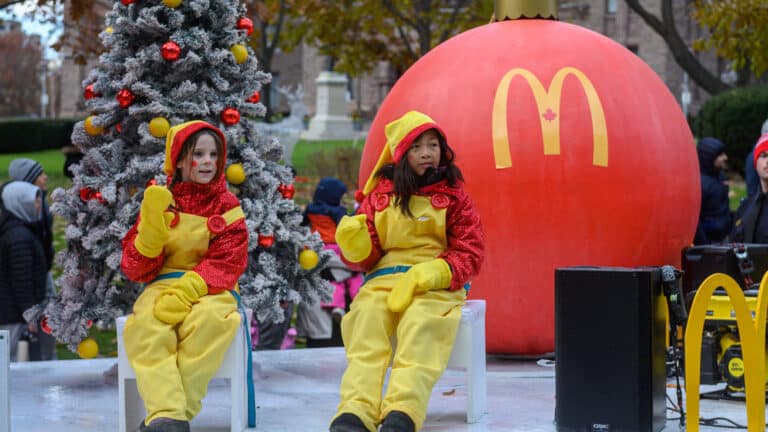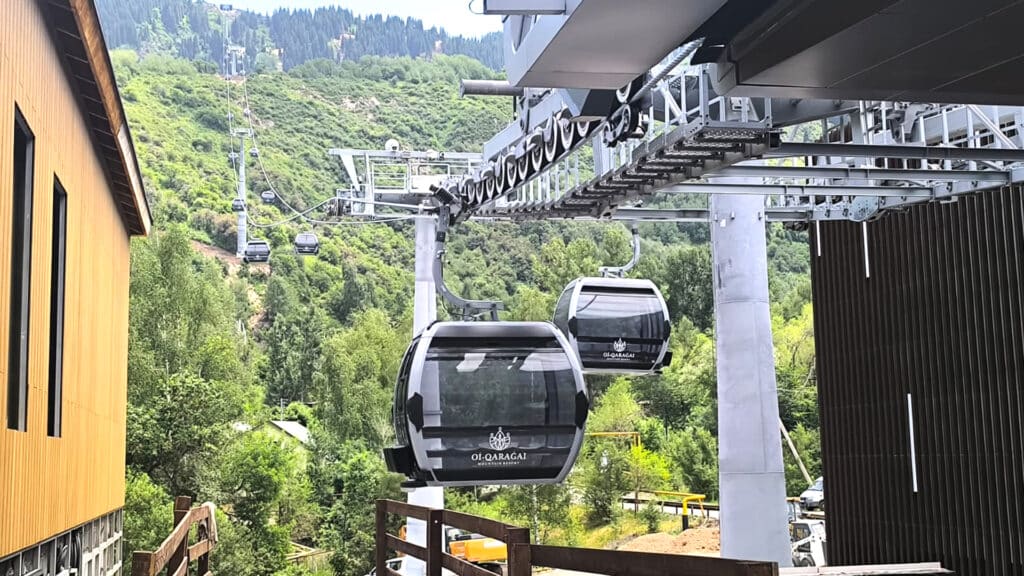
A cableway is a popular and spectacular means of transportation in mountainous regions. However, despite being fairly widespread and generally safe, incidents still occasionally occur. On June 23, a cable car on Mount Karren in Austria got stuck for over four hours due to a thunderstorm, leaving 19 passengers and a dog stranded in gondolas suspended between the mountains and the valley over the city of Dornbirn. Fortunately, the rescue operation was successful, with all passengers safely returned to the ground, as reported by Bild.de, citing Vorarlberg.orf.at.
So, what should you do if you find yourself in a situation like this? Rescuers at the Oi-Qaragai resort explain.
How a cable car works
A new gondola lift at the Oi-Qaragai resort commenced operations on March 1. The 10-seat gondolas ascend to the Aktas Plateau (2,140 meters above sea level) in six minutes, traveling at speeds ranging from 1.4 to 5.5 meters per second. The lift stretches for approximately four kilometers.
Special sensors track each gondola’s position and cable grip force, while operators monitor the system from a control room.
If a failure occurs, such as a power outage, the lift automatically stops and emergency generators switch on.
Why a cable car might stop
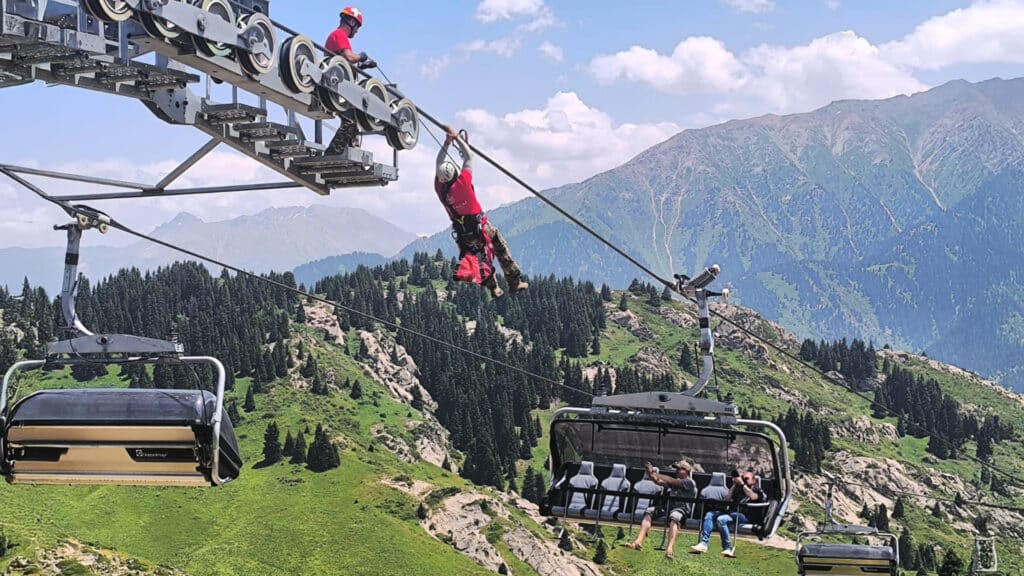
A prolonged stoppage is extremely rare, but it can happen for several reasons:
- Power outage. In this case, an emergency diesel-powered generator starts, and the gondola lift resumes operation within two to three minutes.
- Technical failure. This may occur when sensors detect a weak cable grip or an open gondola door.
- Weather conditions. Strong winds (above 15 meters per second) can lead to a temporary stop.
According to Vladimir Nushtayev, head of the cable car service, Oi-Qaragai has not experienced any serious incidents so far.
In fact, passengers themselves are the most common reason for stops. For example, an operator may temporarily halt the lift to assist a disabled person or an elderly passenger in boarding or exiting the gondola. Such stops usually last no more than three minutes.
What to do if you get stuck in a cable car
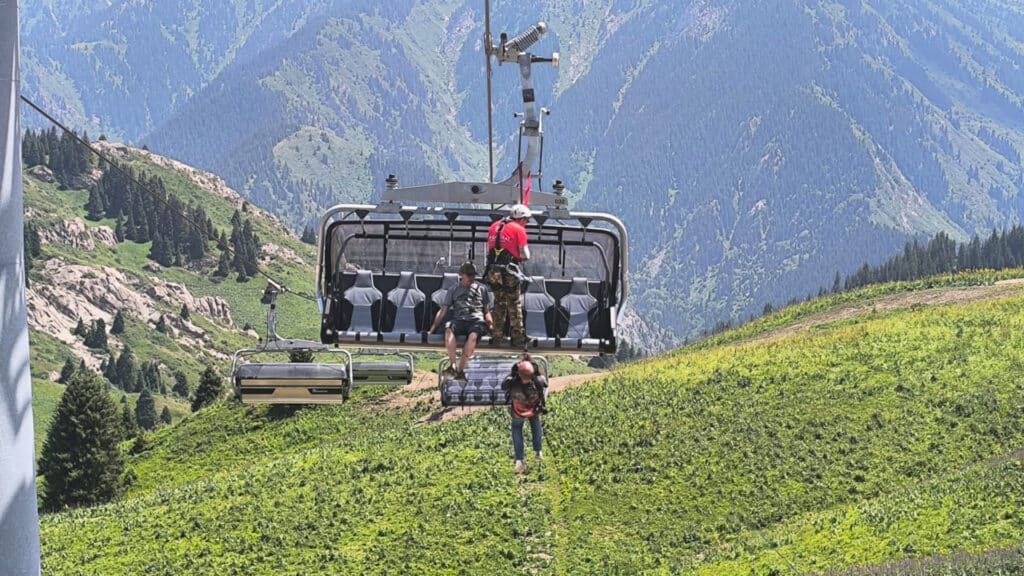
First and foremost: don’t panic. Most stops last less than three minutes, during which time the operator typically resolves the issue or activates the emergency generator.
If the stoppage lasts longer, follow these tips:
- Follow instructions. Every lift tower is equipped with speakers through which operators make announcements about the situation and estimated wait time. At Oi-Qaragai, announcements are made in English, Kazakh and Russian.
- Do not attempt to open the gondola door or handle (if in a chairlift).
- Do not jump. Attempting to descend on your own is extremely dangerous and could lead to injury.
- Wait for rescuers. If evacuation becomes necessary, specially trained personnel will arrive with the proper equipment to safely lower you to the ground. Follow their instructions closely.
How evacuation works
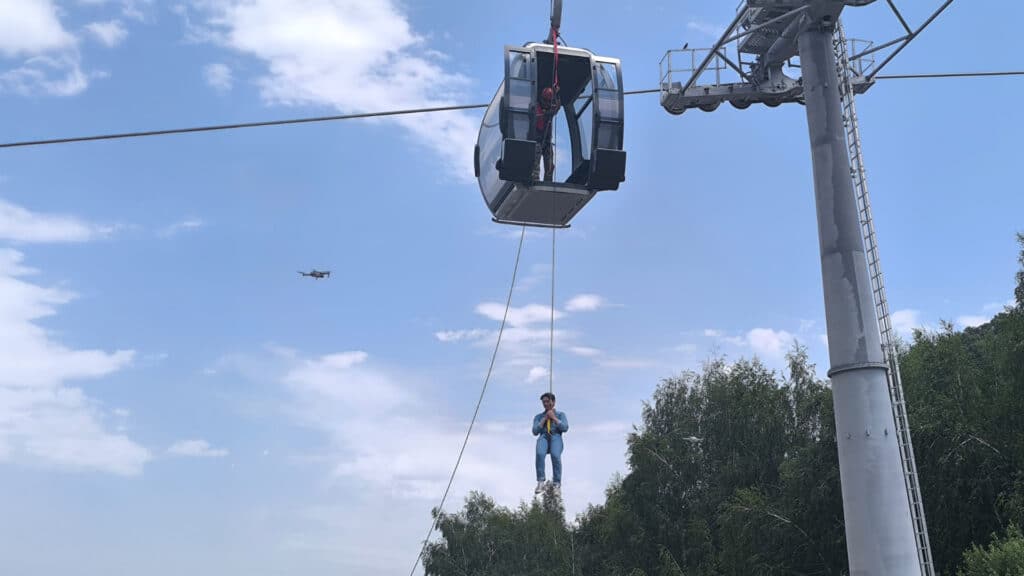
Evacuation is initiated only if emergency generators fail to restore lift operations. Full evacuation of one gondola lift line takes about two hours at maximum load and involves 12 rescuers.
Once the cable car stops, rescuers climb the support towers using ladders. Two rescuers work from above, and two from the ground.
Special equipment is used to lower passengers. Each person is fitted with a fall-protection harness and carefully lowered to the ground or the nearest support tower. Additional gear is available for people with disabilities and children in strollers.
Rescuers then use all-terrain vehicles or snowmobiles to transport passengers to a safe area or a first-aid station. To maintain preparedness, Oi-Qaragai conducts monthly evacuation drills on each of its six gondola lift lines.





